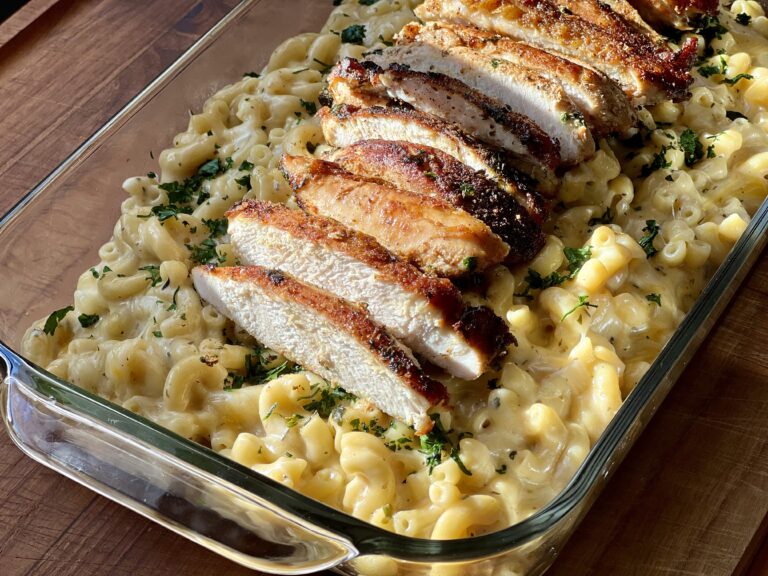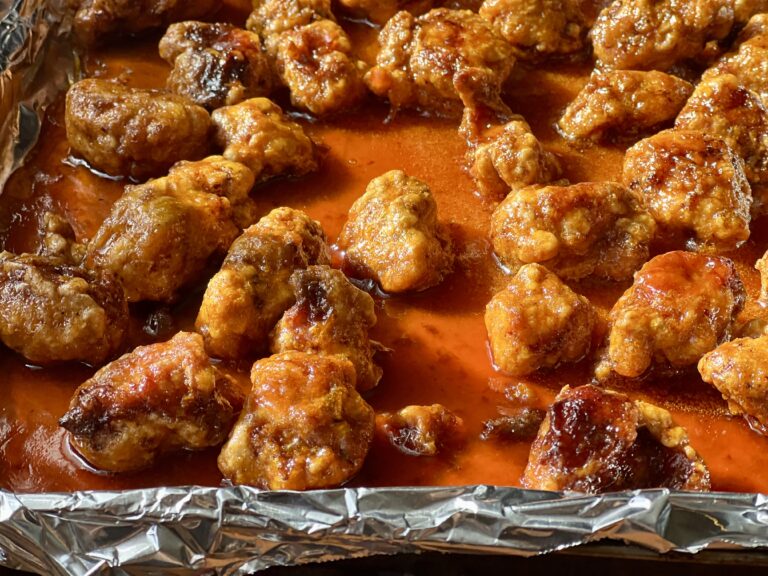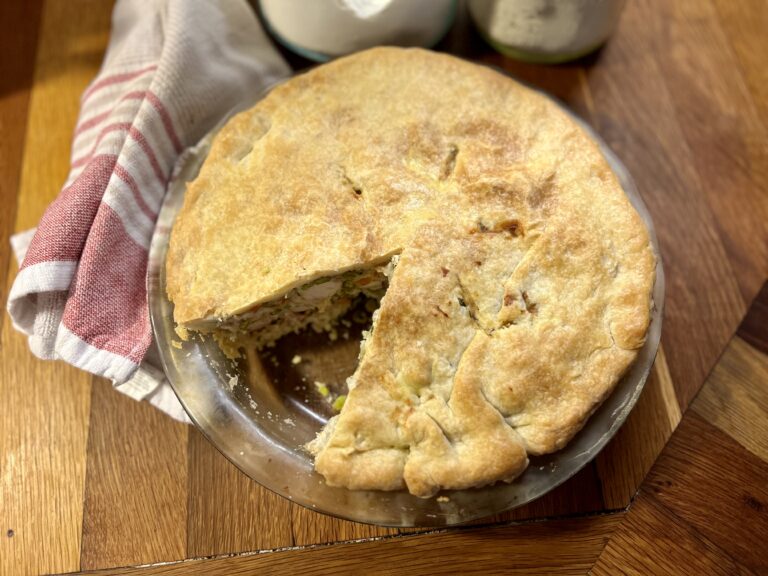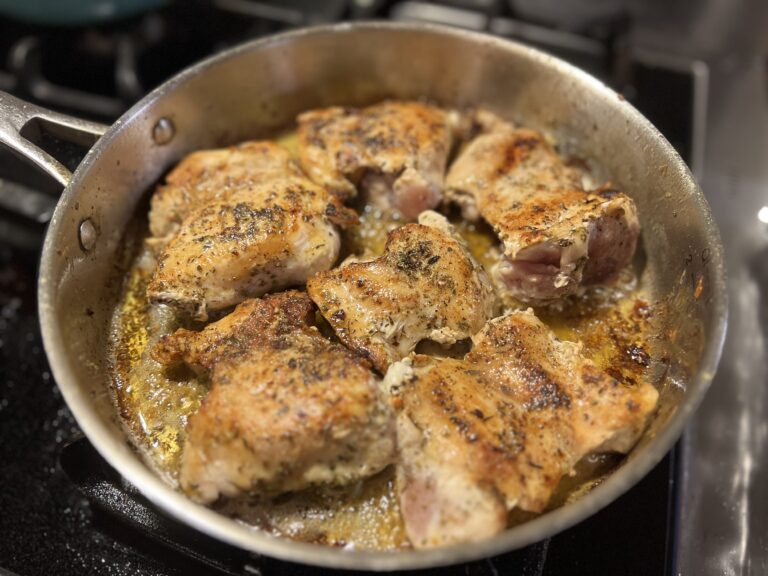Nourishing Rabbit Bone Broth: 3 Easy Methods
Rabbit bone broth is a nutrient-dense, collagen-rich liquid gold that deserves a place in every homestead kitchen. Whether you’re raising rabbits for meat or sourcing rabbit from a local farmer, the bones are far too valuable to waste. Making broth from rabbit bones not only reduces waste but also supports holistic health and adds rich flavor to soups, stews, rice, and even as a sipping tonic.
In this post, we’ll walk you through the benefits of rabbit bone broth, how to make it using stovetop, crockpot, and Instant Pot methods, plus storage tips, tasty ideas for using it, and answers to common questions.
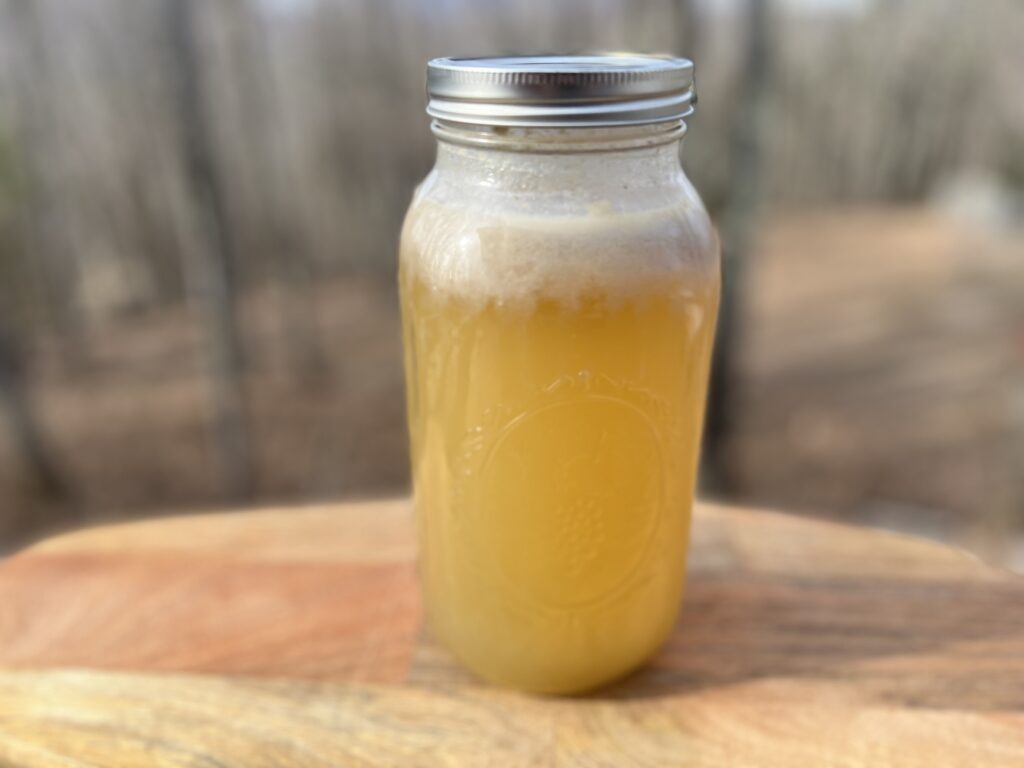
Why Rabbit Bone Broth?
You might be familiar with beef, chicken, or even pork broth, but rabbit bone broth is a hidden gem. Here’s why it stands out:
- High in collagen and minerals: Rabbit bones, especially the feet and joints, are loaded with connective tissue that breaks down into collagen—a key player in gut health, skin elasticity, and joint support.
- Mild, clean flavor: Compared to beef or lamb, rabbit bone broth has a gentle flavor that pairs beautifully with herbs, garlic, and root vegetables.
- Sustainable and cost-effective: If you’re already raising meat rabbits or buying whole rabbits, this broth lets you get every last bit of nutrition from the animal.
Is Rabbit Bone Broth Good?
Yes! Rabbit bone broth is not only delicious but also packed with nutrients that support joint, gut, and skin health. It’s an excellent source of collagen, minerals, and amino acids, especially glycine and proline, which are essential for tissue repair and inflammation reduction.
Rabbit Bone Broth Ingredients
Before we dive into the methods, here’s what you’ll need:
Ingredients:
- 2–3 lbs rabbit bones (include spine, joints, ribs, feet if available)
- 2 tbsp apple cider vinegar (helps draw minerals from the bones)
- 1 large onion, quartered
- 2 carrots, chopped
- 2 celery stalks, chopped
- 4 cloves garlic, smashed
- 1–2 bay leaves
- A few sprigs of thyme or rosemary (optional)
- 1 tsp black peppercorns
- Filtered water to cover (usually 8–10 cups)
- Sea salt to taste
Optional:
- Roast the rabbit bones at 400°F for 25–30 minutes before simmering for a deeper, more savory flavor.
How to Make Rabbit Bone Broth – 3 Easy Ways
1. Stovetop Method
Instructions:
- Add bones to a large stockpot and cover with filtered water.
- Add apple cider vinegar and let sit for 30 minutes.
- Toss in vegetables, herbs, and spices.
- Bring to a gentle boil over medium-high heat.
- Skim any foam that rises to the surface.
- Reduce to low heat and simmer uncovered for 12–24 hours.
- Add more water if needed during the simmering process.
- Once done, strain into container.
2. Crockpot (Slow Cooker) Method
Instructions:
- Place all ingredients in your crockpot.
- Fill with water until bones and veggies are just covered.
- Set to Low and cook for 12–24 hours.
- Optional: Start on High for 1 hour, then switch to Low.
- Once done, strain.
3. Instant Pot Method
Instructions:
- Add bones, veggies, herbs, and vinegar to the Instant Pot.
- Fill with water up to the “Max Fill” line.
- Seal the lid and set to Pressure Cook on High for 2–3 hours.
- Let it natural release for at least 30 minutes.
- Strain.
Storage Tips
Short-Term Storage:
- Store in the fridge for up to 5 days in glass jars or airtight containers.
Long-Term Storage:
- Freeze in mason jars, silicone molds, or freezer-safe containers for up to 6 months.
- Leave 1–2 inches of headspace to prevent cracking.
- Freeze in ice cube trays for quick portions.
How to Use Rabbit Bone Broth
- Sip it warm with a sprinkle of sea salt and turmeric.
- Use as a base for soups and stews.
- Replace water when cooking rice or lentils.
- Add to pasta dishes or risotto for extra richness.
Common Questions About Bone Broth
Why do I feel weird after drinking bone broth?
Some people feel strange due to the high concentration of amino acids like glutamine or histamines. If you’re new to bone broth, start with small amounts and see how your body reacts.
Why does bone broth make me dizzy or give me brain fog?
This can be related to histamine sensitivity or detox reactions. Bone broth that’s cooked for a long time can be high in histamines, which may trigger symptoms like dizziness or brain fog in sensitive individuals.
Why can’t I tolerate bone broth?
Intolerance might be due to histamines, glutamate sensitivity, or even detox symptoms. You can try shorter cook times or smaller servings to ease your system into it.
What happens to your body when you start drinking bone broth?
Bone broth can support digestion, reduce joint pain, improve skin health, and even help heal leaky gut. Some people notice more energy, better sleep, or improved hair and nails within a few days to weeks.
How long does it take to notice benefits of drinking bone broth?
Some people notice improvements in digestion or joint comfort within a week. Long-term benefits like skin health or hair strength may take a month or more of regular use.
Is bone broth hard on the kidneys?
Not generally. In fact, bone broth can support kidney health by providing essential minerals. However, those with chronic kidney disease should consult a doctor before adding it to their diet.
Does bone broth burn belly fat?
While not a magic bullet, bone broth can support weight loss by reducing inflammation, improving digestion, and helping you feel full longer due to its protein content.
What type of bone broth is healthiest?
The healthiest bone broth is made from organic, pastured animals and includes bones rich in connective tissue. It’s clean, nutrient-rich, and easy to digest.
Can you make stock from rabbit bones?
Absolutely. Rabbit bones make an excellent stock or broth. Stock typically simmers for a shorter time, while broth goes longer and extracts more collagen. Either way, rabbit bones are ideal.
Which animal bones are best for bone broth?
The best bones are those high in connective tissue:
- Chicken feet, necks, and wings
- Beef knuckles and marrow bones
- Pork trotters
- Turkey necks
- Rabbit spines, joints, and feet
Final Thoughts: Waste Less, Nourish More
Making your own rabbit bone broth is a simple yet powerful way to use every part of the animal, reduce kitchen waste, and nourish your family with real, traditional food. Whether you’re simmering on the stovetop, slow cooking while you sleep, or pressure cooking in your Instant Pot, this broth is a wholesome staple for any homestead kitchen.
Don’t toss those bones—turn them into liquid gold.
Have you made rabbit bone broth before?
Leave a comment below with your favorite method or share how you like to use it in your cooking!
More Rabbit Recipes!
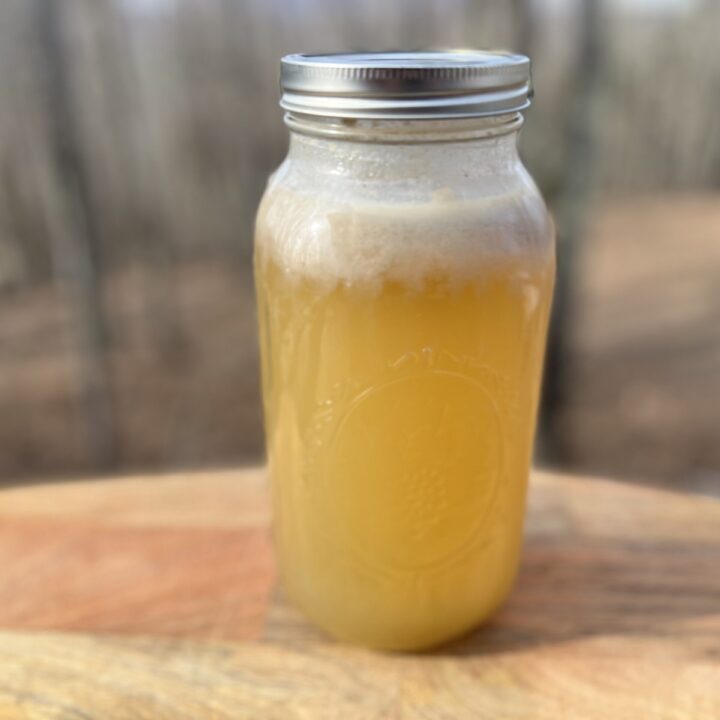
Rabbit Broth
If you're looking for a rich, nourishing, and flavorful broth, this rabbit bone broth is a must-try! Packed with collagen, minerals, and flavor, it’s perfect for soups, stews, or sipping on its own.
Ingredients
- 2–3 lbs rabbit bones (include spine, joints, ribs, feet if available)
- 2 tbsp apple cider vinegar (helps draw minerals from the bones)
- 1 large onion, quartered
- 2 carrots, chopped
- 2 celery stalks, chopped
- 4 cloves garlic, smashed
- 1–2 bay leaves
- A few sprigs of thyme or rosemary (optional)
- 1 tsp black peppercorns
- Filtered water to cover (usually 8–10 cups)
- Mineral salt to taste (added after cooking)
Instructions
Stovetop Method
- Add bones to a large stockpot and cover with filtered water.
- Add apple cider vinegar and let sit for 30 minutes.
- Toss in vegetables, herbs, and spices.
- Bring to a gentle boil over medium-high heat.
- Skim any foam that rises to the surface.
- Reduce to low heat and simmer uncovered for 12–24 hours.
- Add more water if needed during the simmering process.
- Once done, strain and season with salt.
Crockpot (Slow Cooker) Method
- Place all ingredients in your crockpot.
- Fill with water until bones and veggies are just covered.
- Set to Low and cook for 12–24 hours.
- Optional: Start on High for 1 hour, then switch to Low.
- Once done, strain and season with salt.
Instant Pot Method
- Add bones, veggies, herbs, and vinegar to the Instant Pot.
- Fill with water up to the "Max Fill" line.
- Seal the lid and set to Pressure Cook on High for 2–3 hours.
- Let it natural release for at least 30 minutes.
- Strain and season with salt.
Notes
Roast the rabbit bones at 400°F for 25–30 minutes before simmering for a deeper, more savory flavor.

Recommended Products
As an Amazon Associate and member of other affiliate programs, I earn from qualifying purchases.
Nutrition Information
Yield 8 Serving Size 1Amount Per Serving Calories 2704Total Fat 110gSaturated Fat 33gTrans Fat 0gUnsaturated Fat 51gCholesterol 1122mgSodium 572mgCarbohydrates 4gFiber 1gSugar 1gProtein 397g
Nutrition information is automatically calculated, so should only be used as an approximation.



